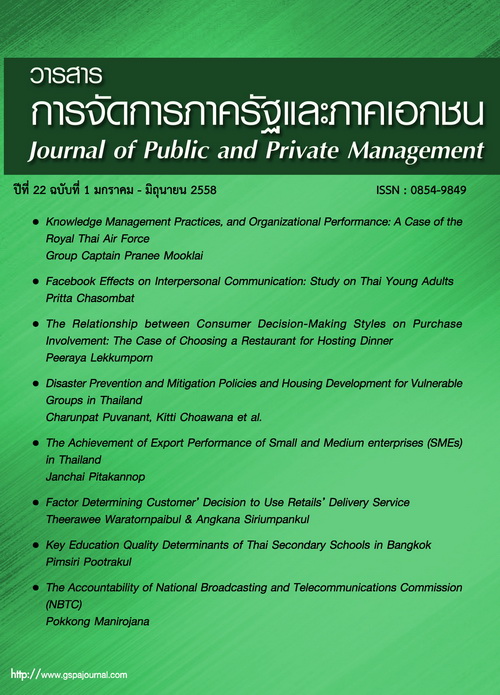Disaster Prevention and Mitigation Policies and Housing Development for Vulnerable Groups in Thailand
Keywords:
National housing policy, disaster housing, disaster prevention and mitigationAbstract
During the last 20 years, severe disasters have frequently occurred in Thailand. The losses of life, property and the competitive economic opportunities of the country caused by disaster are increasing steadily. After the Tsunami disaster in 2003 and the Great Flood in 2011, the Thai Government and public agencies have become more alert and aware of disaster prevention and mitigation. Government policies, planning and management systems for disaster prevention and mitigation have been improved and are already implemented at both national and local levels. However, in practice the active solution and budget allocation will mainly focus on actions during a disaster, such as priority and leaving community rehabilitation to routine government agencies. The roles of the government sectors in housing development and construction of new housing for disaster victims are limited and in vital need of support from the private sector and charity organizations.
Problem solving of housing development for disaster victims should be studied and better prepared in advance as well as implementing an effective management system. Architects, builders and industries can develop proper housing models and appropriate building materials or effective construction systems to cope with project limitations and supporting budgets. The government should have a clear policy, plan and responsible agencies at both national and local levels to develop and provide adequate housing for disaster victims, especially vulnerable low income groups. These people settle in disaster prone areas often require resettlement to give way for disaster prevention plans or large infrastructure construction projects, etc.



